The scientific community is on the brink of a transformative shift, one that promises to redefine how research is conducted, recorded, and verified. At the heart of this revolution lies blockchain technology, a system initially designed to support cryptocurrencies like Bitcoin. However, its potential extends far beyond financial transactions. Blockchain's immutable, decentralized ledger is now being harnessed to create tamper-proof records of scientific experiments, ensuring transparency, reproducibility, and trust in an era where these values are increasingly under scrutiny.
For decades, the scientific method has relied on meticulous record-keeping. Lab notebooks, whether physical or digital, have served as the backbone of experimental documentation. Yet, these traditional methods are fraught with vulnerabilities. Pages can be lost, entries altered, and data manipulated—sometimes unintentionally, other times with malicious intent. The consequences are dire: retractions, wasted resources, and a erosion of public trust in science. Blockchain offers a solution to these challenges by providing a secure, unchangeable record of every step in the research process.
How does blockchain achieve this? At its core, a blockchain is a distributed database maintained by a network of computers, or nodes. Each block in the chain contains a timestamped batch of transactions—or in this case, experimental data—that is cryptographically linked to the previous block. Once data is entered, it cannot be altered without consensus from the majority of the network, making fraud virtually impossible. This level of security is unprecedented in scientific record-keeping.
Imagine a scenario where a researcher logs the parameters of an experiment onto a blockchain. The details—materials used, procedures followed, initial results—are instantly time-stamped and encrypted. Any subsequent changes or additions are recorded as new entries, leaving a transparent audit trail. Peer reviewers, funding agencies, or even the public could verify the integrity of the data without relying solely on the word of the researchers. This transparency could significantly reduce cases of scientific misconduct and accidental errors.
The implications for reproducibility are profound. The "replication crisis," where many high-profile studies fail to hold up under repeated testing, has plagued fields from psychology to medicine. A lack of detailed methods or undisclosed changes in experimental conditions often contributes to these failures. Blockchain-based records could ensure that every detail of the original study is preserved and accessible, enabling other scientists to replicate experiments with precision. This could accelerate the pace of discovery by filtering out unreliable findings earlier in the research process.
Beyond individual labs, blockchain could revolutionize collaborative research. Large-scale projects often involve teams spread across the globe, each contributing data to a shared pool. Traditional centralized databases are vulnerable to hacking or mismanagement. A decentralized blockchain ledger, however, allows all participants to access and add data securely, with no single point of failure. This could be particularly valuable in fields like genomics or climate science, where vast amounts of data are generated by disparate groups.
Intellectual property concerns are also addressed by this technology. Scientists frequently worry about being "scooped"—having their ideas or data stolen before publication. Blockchain's time-stamping provides irrefutable proof of when discoveries were made, protecting researchers' claims to their work. This could encourage more open sharing of preliminary findings, fostering collaboration while safeguarding credit. Funding agencies might also use blockchain to track how grants are utilized, ensuring accountability without excessive bureaucracy.
Despite these advantages, adoption faces hurdles. The scientific community is notoriously slow to change its practices, and blockchain's association with cryptocurrency may raise eyebrows among traditionalists. Technical barriers exist as well—most researchers lack expertise in blockchain technology, and integrating it with existing laboratory systems will require significant investment. There are also questions about scalability and energy consumption, though newer blockchain models are addressing these issues with more efficient protocols.
Pilot projects are already demonstrating the technology's potential. Several universities and research institutes have begun experimenting with blockchain for managing experimental data. In one notable case, a team studying neurodegenerative diseases used blockchain to record their entire research process, from hypothesis to results. The immutable record not only streamlined their internal workflow but also made the study more attractive to peer-reviewed journals concerned about reproducibility.
The future may see blockchain integrated with other emerging technologies. Artificial intelligence could analyze blockchain-stored data to identify patterns or suggest new research directions. Smart contracts—self-executing agreements stored on blockchain—might automate aspects of the peer review process or manage intellectual property rights. The combination of these technologies could create a more efficient, transparent, and collaborative scientific ecosystem.
As with any transformative technology, the path forward will require careful navigation. Standards must be developed to ensure interoperability between different blockchain systems used by research institutions. Ethical frameworks will be needed to balance transparency with privacy concerns, particularly when dealing with sensitive data. And perhaps most importantly, scientists themselves must be convinced of the value proposition—that the benefits of immutable, decentralized record-keeping outweigh the costs of adopting a new system.
The marriage of science and blockchain represents more than just a technical innovation. It's a cultural shift toward greater accountability in research, one that could restore public confidence in scientific findings at a time when skepticism runs high. By creating an unbreakable chain of trust from hypothesis to conclusion, blockchain may well become the foundation upon which the next era of scientific progress is built.
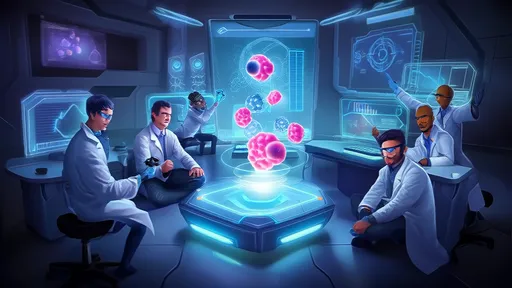
By /Jul 2, 2025
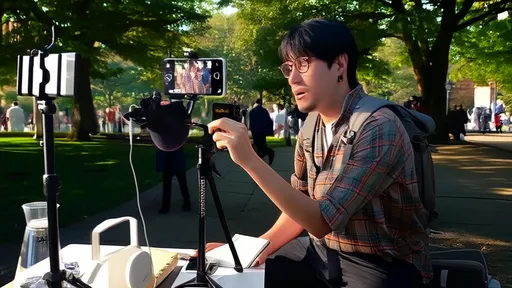
By /Jul 2, 2025

By /Jul 2, 2025
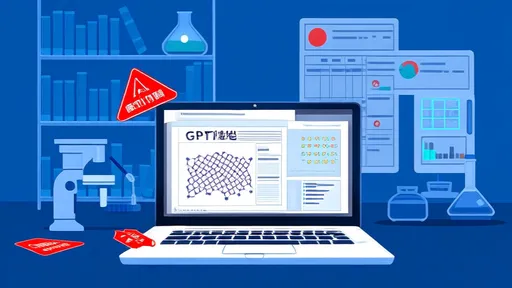
By /Jul 2, 2025

By /Jul 2, 2025

By /Jul 2, 2025

By /Jul 2, 2025

By /Jul 2, 2025

By /Jul 2, 2025

By /Jul 2, 2025

By /Jul 2, 2025

By /Jul 2, 2025

By /Jul 2, 2025
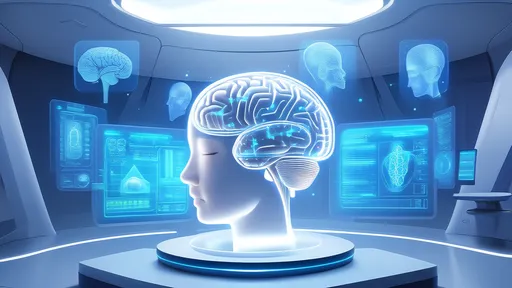
By /Jul 2, 2025

By /Jul 2, 2025

By /Jul 2, 2025

By /Jul 2, 2025

By /Jul 2, 2025
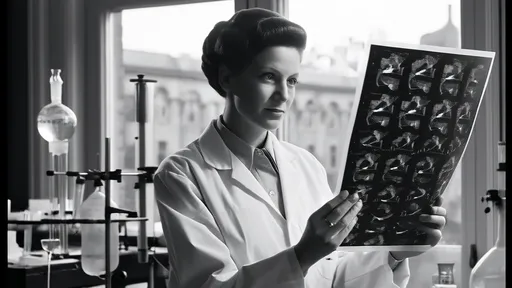
By /Jul 2, 2025

By /Jul 2, 2025